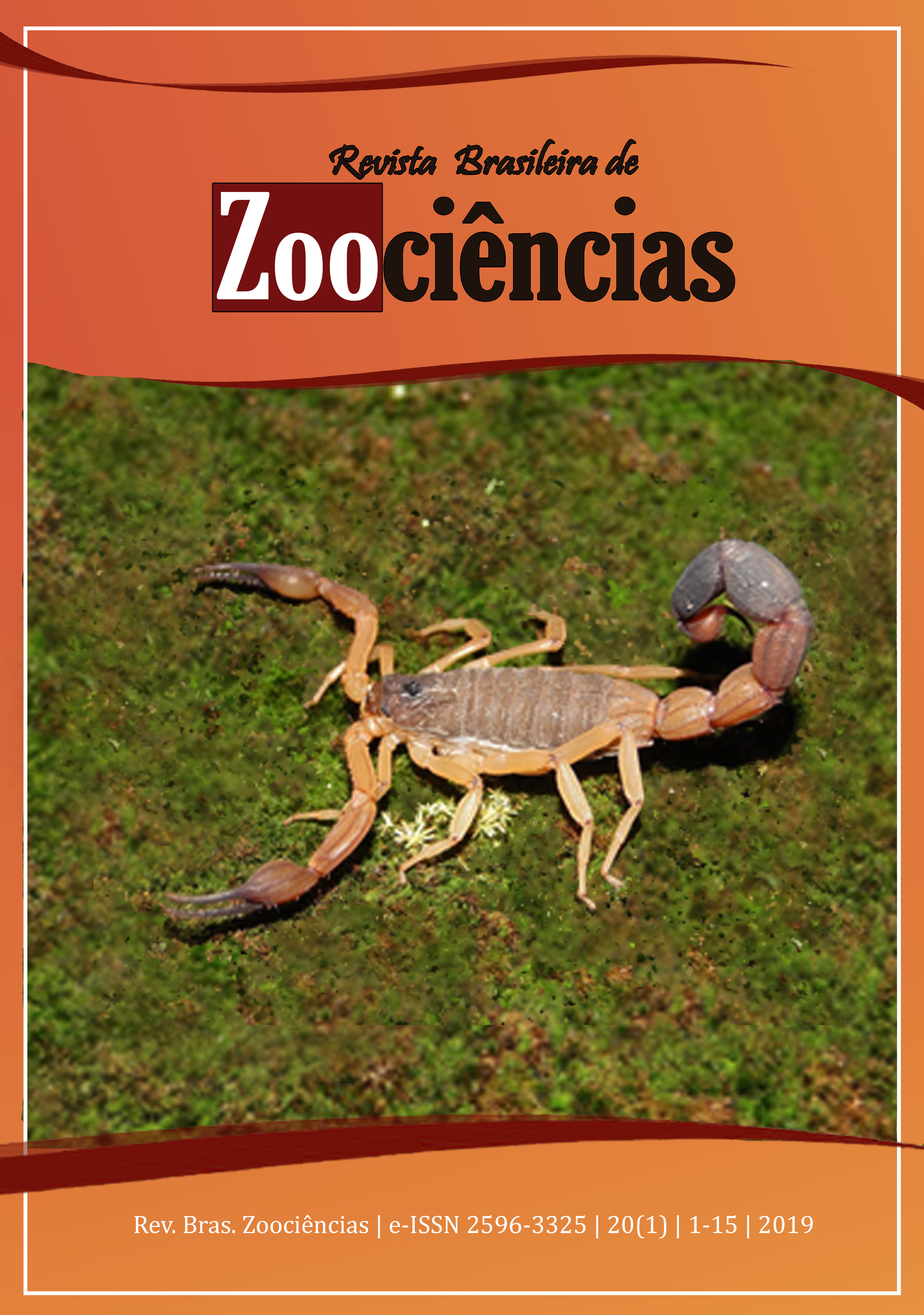Survey of gastrointestinal parasites diagnosed in sheep by the Laboratory of Parasite Diseases of the Federal University of Pelotas (Brazil), from 2015 to 2017
DOI:
https://doi.org/10.34019/2596-3325.2019.v20.24786Keywords:
Helminths, Ruminants, FecesAbstract
A total of 2,680 samples of sheep feces from the southern region of the State of Rio Grande do Sul, Brazil, from 2015 to 2017 were examined by the Laboratory of Parasitic Diseases (LADOPAR) of the Federal University of Pelotas. Gordon & Whitlock's (1939) coproparasitological technique was used for the diagnosis. 86.5% of the samples analyzed were positive for some gastrointestinal helminth and protozoan oocysts, being the most prevalent infection by eggs of Strongylida order. Through the results obtained, it is concluded that gastrointestinal helminths are present in the sheep farms of the southern region of the state and, through coprological exams, it is possible to implement sanitary and preventive measures in the herds.



